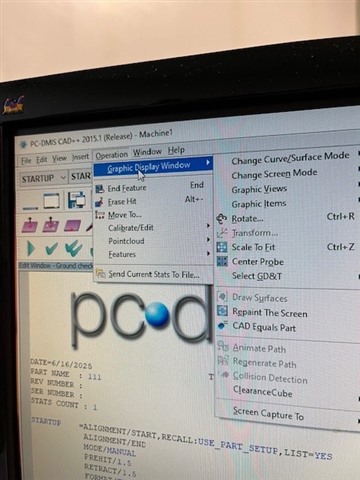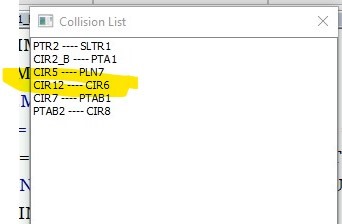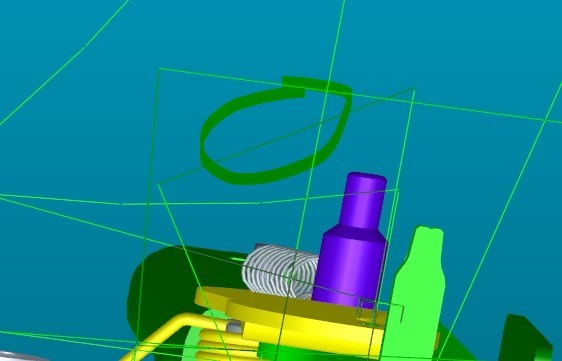Hello all
Following some recent discussions on program safety last week, I've been looking into the Collision Detection in PC-DMIS.
I've found that this function does not appear to be available in our current V2015.1 (Pic 1). This is unexpected, as the 2015 core manual indicates they should be present. Additionally, the "Clearance Moves" option (circled in Pic 2) is also missing.
Could I be missing a specific setting or configuration to enable these features? Thank you for your insights and responses.




